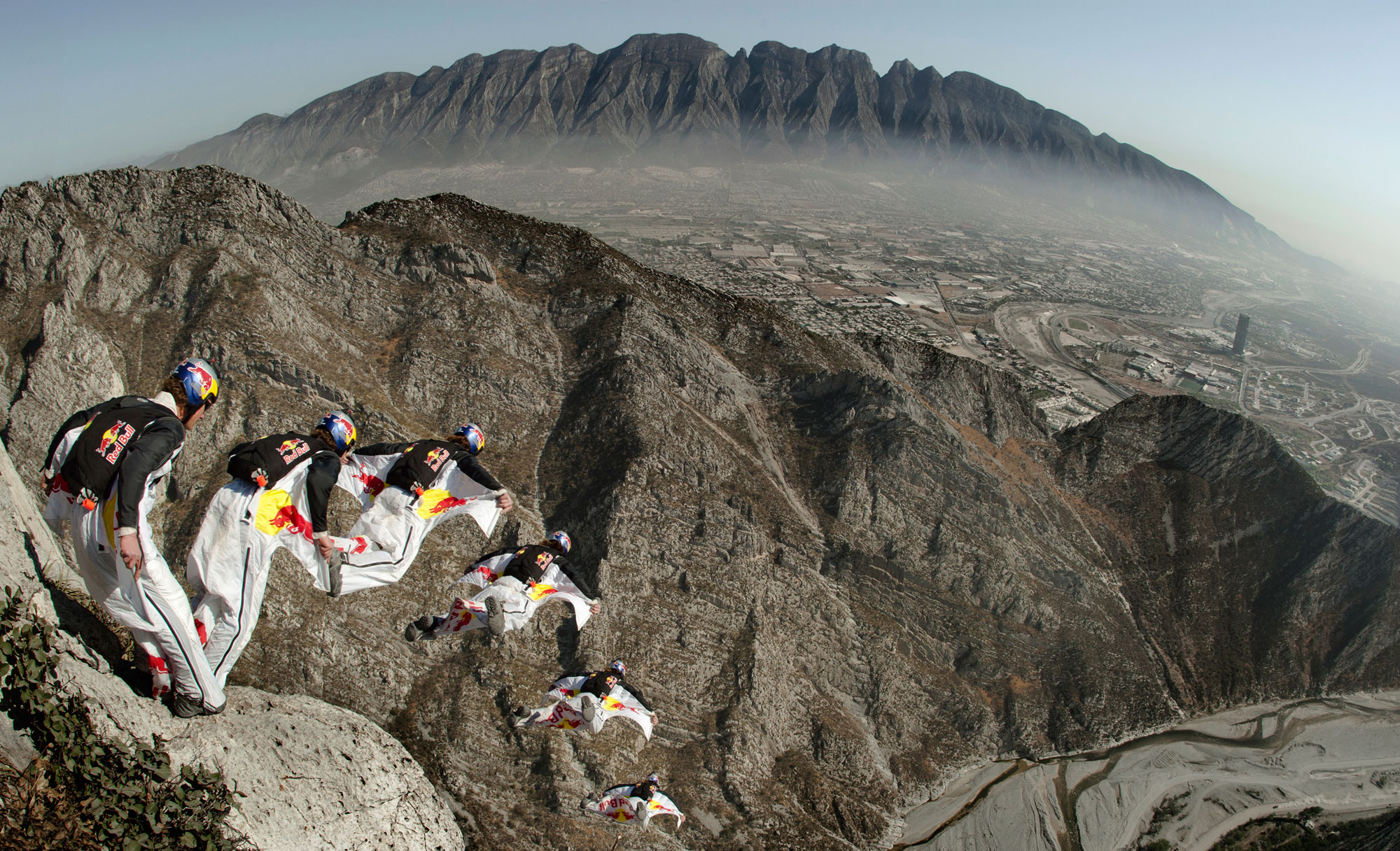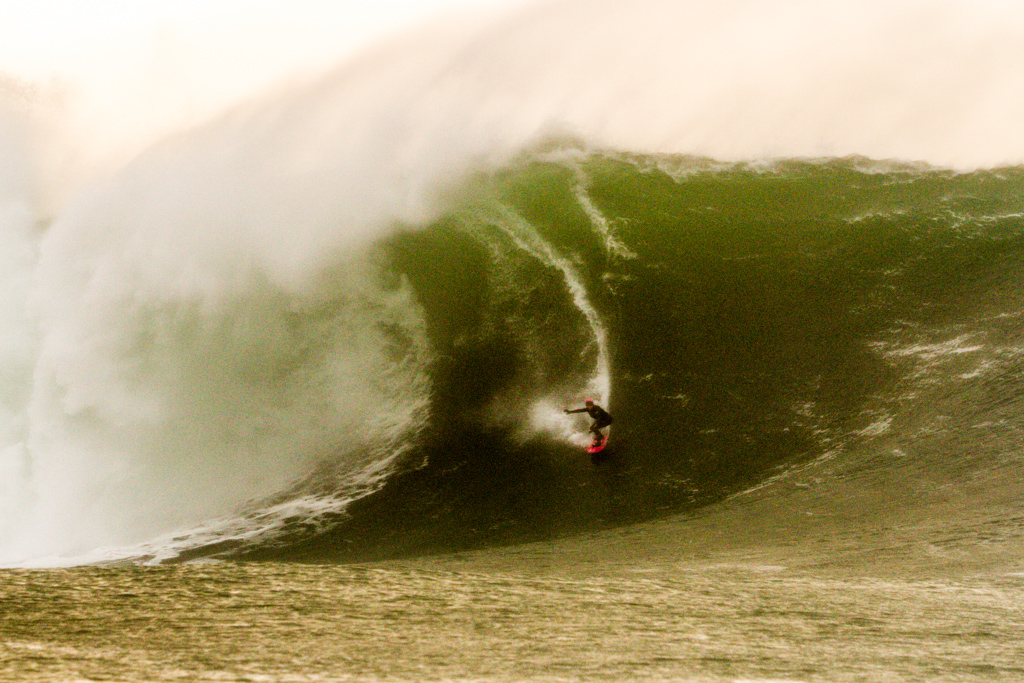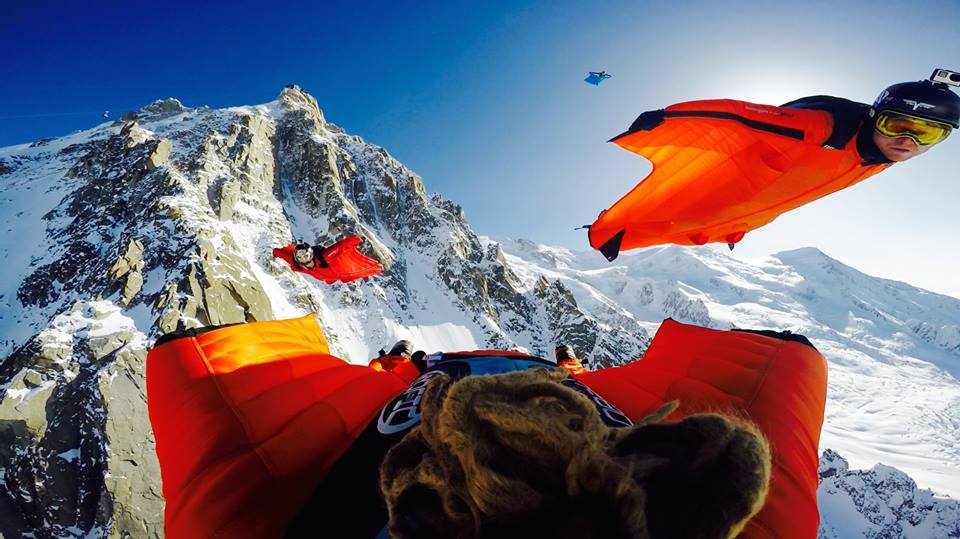Words by Yashi Banymadhub | Lead photo shows wingsuit pilot Mike Swanson by Marcos Ferro
If you’ve ever stood at the top of a steep snowy couloir, palms sweaty as you wait to drop in, or gulped as you get ready to ride the huge oncoming wave that’s been building past your shoulder, then you’ll know how entwined fear is with action sports. You’ll also know about the overwhelming rush of euphoria that comes next, once you’ve dropped in and conquered your fear.
You don’t even need to be doing something super-gnarly to get that feeling, for fear is always relative; one person’s first go at singletrack might be another’s leap over the Great Wall of China.
“They’re often stereotyped as hedonists who’d routinely risk death just for kicks. This research shows that’s not the case…”
Up until now, people who do action sports have often been stereotyped as slightly goofy hedonists who’d routinely risk death just for kicks. But leading psychologists now suggest that facing fear in sport serves for much more than just stimulation. It can help athletes minimise their fears in everyday life, making them more rational and focused. In fact, it can have all sorts of positive effects on mental health and well-being.





